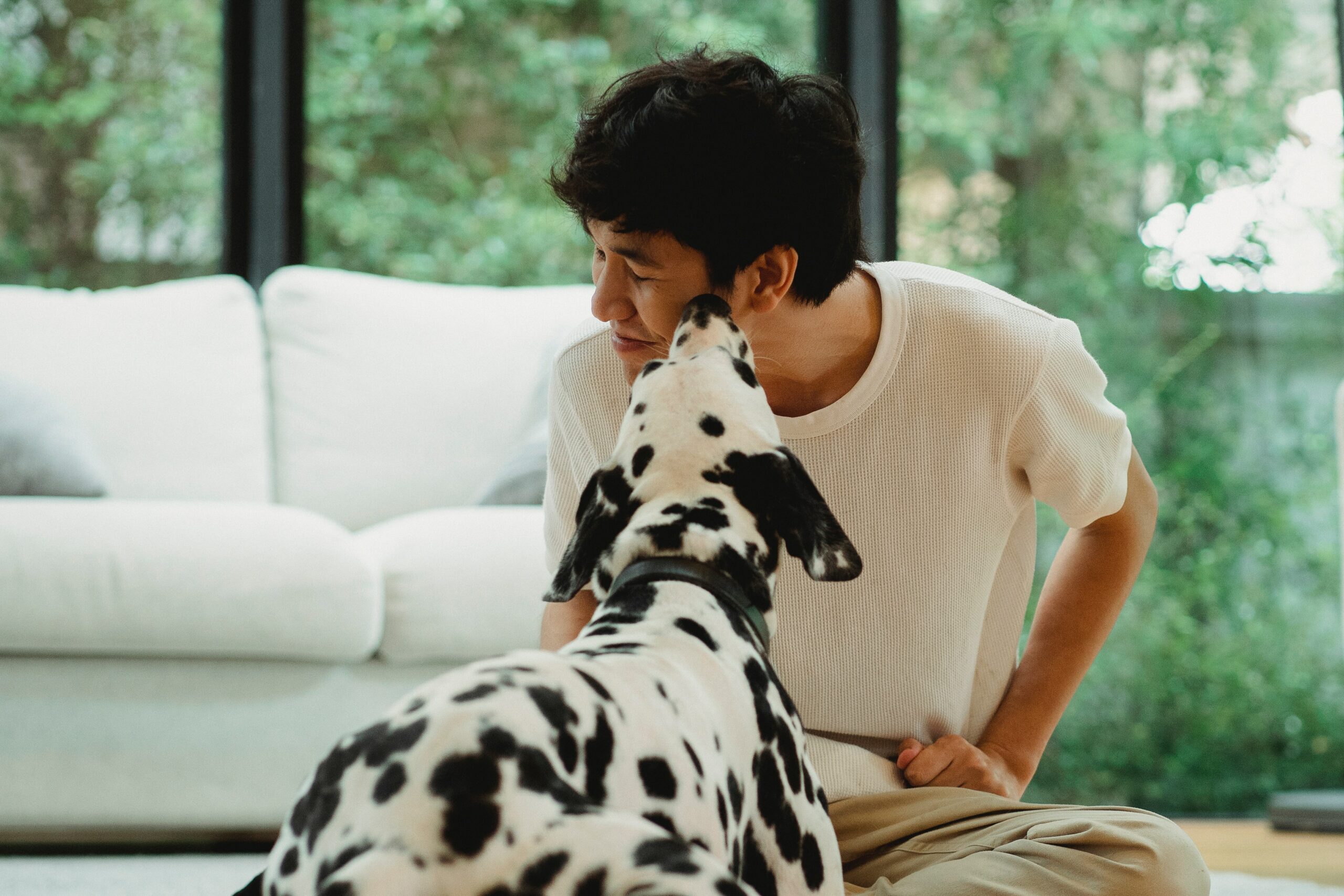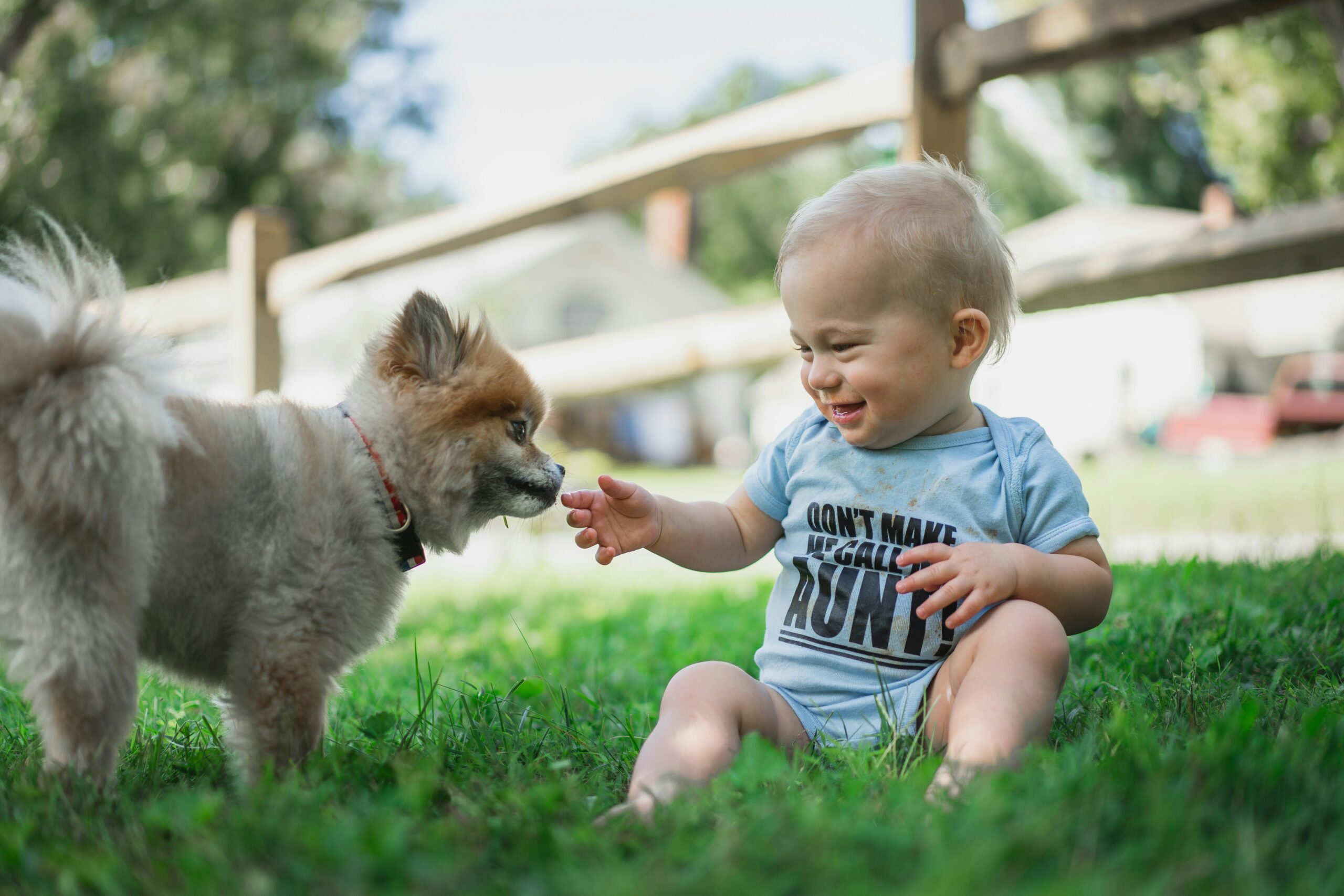Dogs have an incredible ability to communicate with humans, often using subtle signals that can go unnoticed if we’re not paying close attention. Understanding these secret ways of communication is essential for strengthening the bond between you and your furry friend.
In this post, we will explore seven ways in which dogs communicate with their owners. We’ll be going beyond the obvious cues and delving deep into the fascinating world of canine communication.
Tail Wagging
Tail wagging is commonly associated with happiness. But it’s important to recognize that it can convey a range of emotions. Pay attention to the position and movement of your dog’s tail.
A high and stiff wag may indicate alertness or even aggression. On the contrary, a low and relaxed wag signifies a calm and content state. Different tail movements, such as slow wagging or rapid wagging, can also provide valuable insights into your dog’s emotional state.
Eye Contact
Eye contact plays a crucial role in dog-human communication. Prolonged eye contact can indicate trust and affection, while averted eyes may suggest submission or unease.
Understanding your dog’s eye shape and size is also important. Dilated pupils can indicate excitement or fear. On the contrary, narrowed eyes might signal aggression or discomfort.
Body Language
Dogs have a rich repertoire of body language that they use to communicate their intentions and emotions. Pay attention to their overall posture because each body position conveys a different message.
Here are some of the common dog body positions and movements along with what they mean:
- Leaning on you: Leaning on the owner translates to a dog showing affection towards you. They express their love and trust this way. They may also have a soft, contented expression when they do this.
- Play Bow: Dogs often initiate play with a play bow, which involves stretching their front legs forward while keeping their rear end raised. This gesture signals an invitation to play and is typically accompanied by a wagging tail and bouncy movements.
- Rolling on Back: When a dog rolls onto their back, exposing their belly, it conveys submission, trust, or a desire for belly rubs. It’s important to note that not all dogs enjoy belly rubs, so it’s essential to respect their boundaries.
- Freezing or Statue-like Pose: Dogs may freeze and hold a still position when they encounter something they perceive as a potential threat. This behavior allows them to assess the situation and determine their next course of action.
- Paw Lift: Dogs may lift one of their front paws as a way to communicate uncertainty or to seek attention. It can indicate a desire to engage, express confusion, or request assistance
Additionally, observe their body tension and movements. A tense and stiff body might indicate anxiety or readiness for action. And relaxed and loose movements often indicate comfort.
Ear positions
Dog ear position communicates a wealth of information. They can provide valuable insights into their emotional state and intentions.
For example, erect ears pointed forward often indicate attentiveness and alertness. This position suggests that your dog is actively engaged and ready to respond to any stimuli.
On the other hand, flattened ears pressed tightly against the head typically signal fear, anxiety, or submission. This posture indicates that your dog is trying to make itself appear smaller and less threatening. Moreover, ears held loosely to the sides or slightly back can indicate relaxation and a contented state.
Vocalizations
Dogs use a variety of vocalizations to communicate. Here are some common ones:
- Barks: Dogs use barks to express a range of emotions. It could range from alerting you to something important to expressing excitement or frustration.
- Whining: It often signifies a need for attention or discomfort.
- Growling: It indicates fear, aggression, or even playfulness.
- Howling: It is a form of long-distance communication used by some breeds, often as a response to certain sounds or to attract attention.Licking and Yawning
Licking and Yawning
Licking and yawning are not just normal dog behaviors; they also serve as subtle forms of communication. Dogs may lick their lips or themselves as a way to relieve stress or signal appeasement in tense situations. Excessive licking or yawning can be signs of anxiety or discomfort. And it’s important to address the underlying cause.
Scent Marking
Dogs rely heavily on their sense of smell to communicate, both with other dogs and with humans.
Given this, scent marking is a common way for dogs to leave messages or assert their presence in a territory. Understanding the meaning behind different scent-based behaviors, such as urine marking or rubbing against objects, can provide valuable insights into your dog’s intentions and emotions.
Final Words
By recognizing and understanding these secret ways dogs communicate with their owners, you can deepen your relationship with your furry companion. Paying attention to these secret signals will allow you to decipher your dog’s emotions and needs more accurately.
Remember, building a strong bond with your dog goes beyond words and requires attentive observation and a willingness to respond appropriately to their silent messages. So, embrace the art of canine communication and enjoy the rewarding journey of understanding your dog’s secret language!
photo credit: Image source
Did you find this city dog content helpful? Share it with a friend or link it to social media. Enjoy short clips of silly dogs? Best dog training videos? Holistic puppy training tips? Follow us on instagram @nydognanny or on YouTube at nydognanny. Have some news you needs to get to dog and cat parents stat? Email info@newyorkdognanny.com with your article pitch.




